DET Unit 3: Theories, Models, and Principles of Communication
VerifiedAdded on 2023/01/12
|25
|1908
|59
Report
AI Summary
This report provides a comprehensive overview of communication theories, models, and principles, focusing on their application in education and training. It explores various models, including linear, interactive, and transactional analysis, highlighting the importance of effective communication within educational settings. The report delves into barriers to communication, personal factors, and environmental influences, and how these can be overcome. It also examines Bloom's Taxonomy, humanism, cognitivism, and motivational theories, explaining how these frameworks can be used to enhance teaching and learning. Furthermore, the report discusses reflective practice, assessment theories, and the practical application of these models in lesson planning and overall teaching strategies, emphasizing the need for inclusive practices and differentiation. The report concludes by referencing relevant literature on communication theories and educational models.
1 out of 25

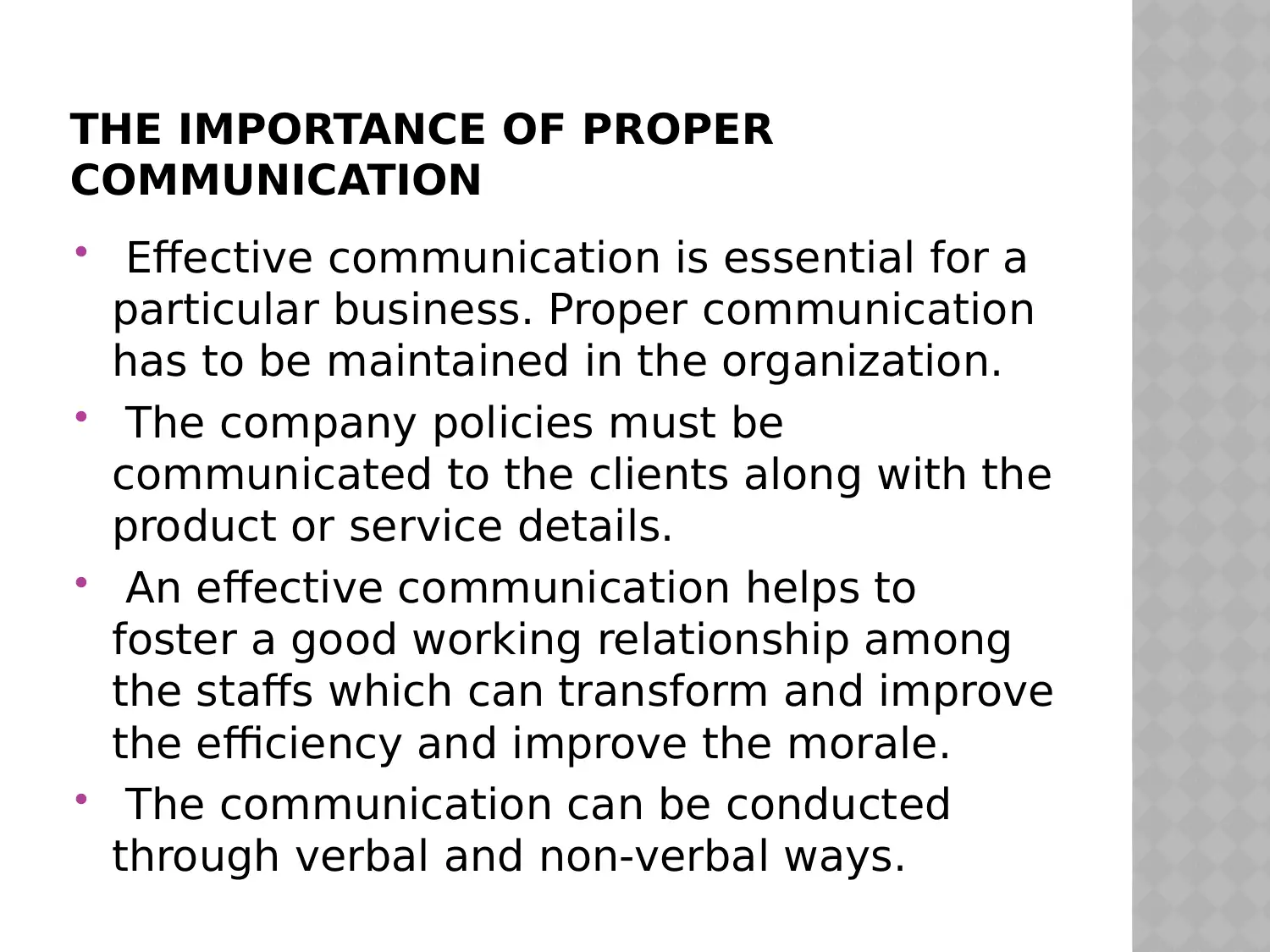
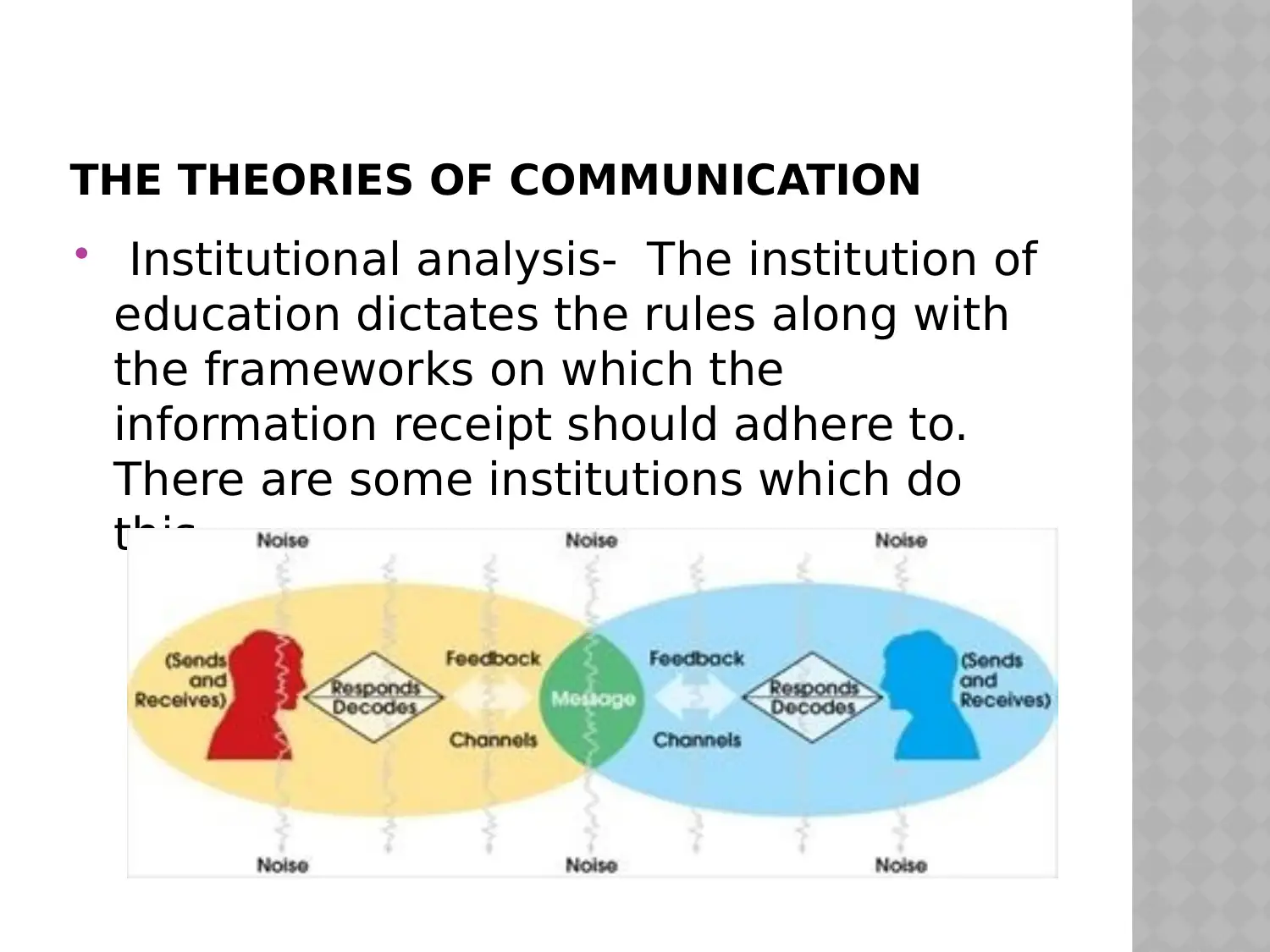

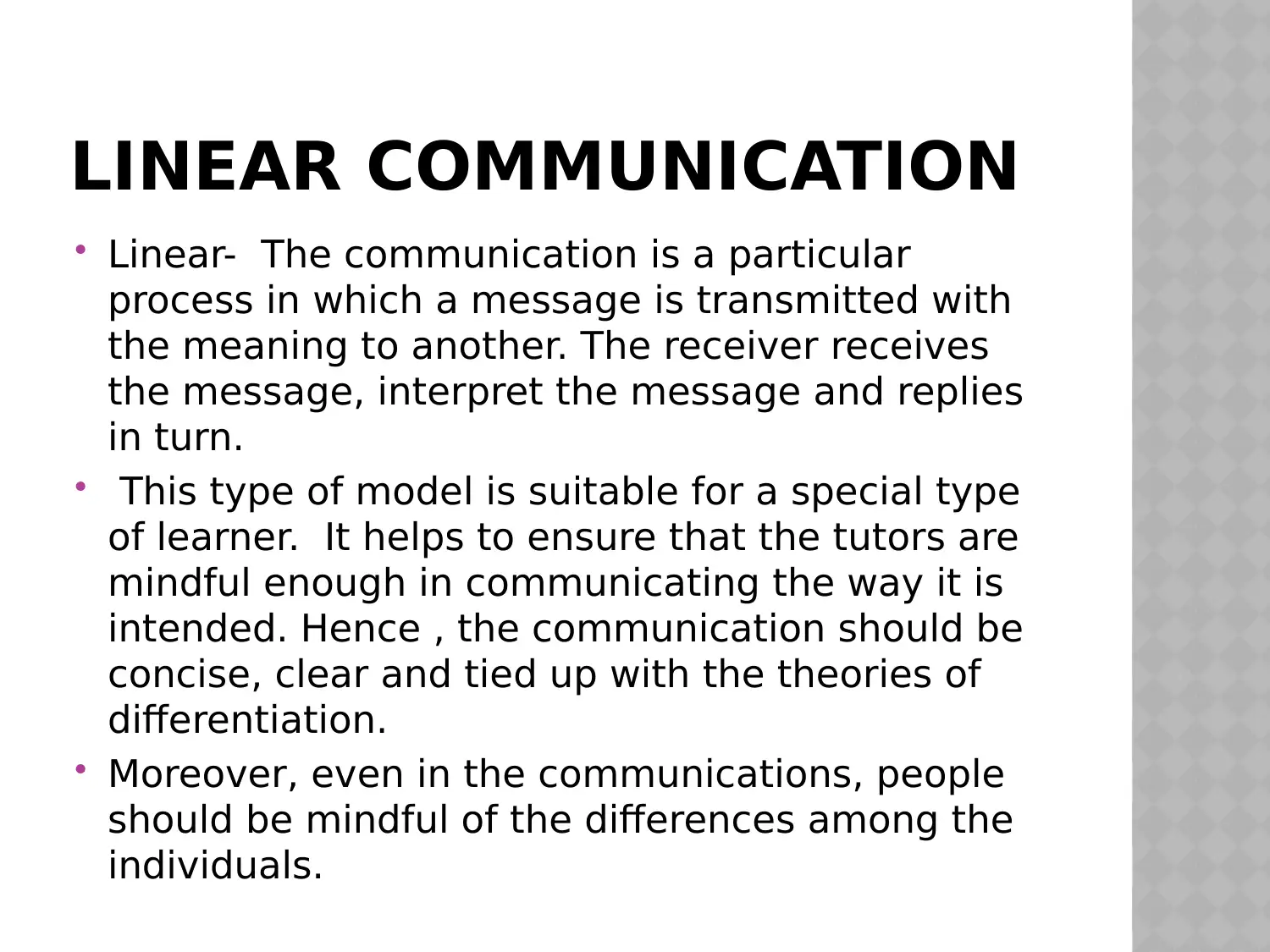
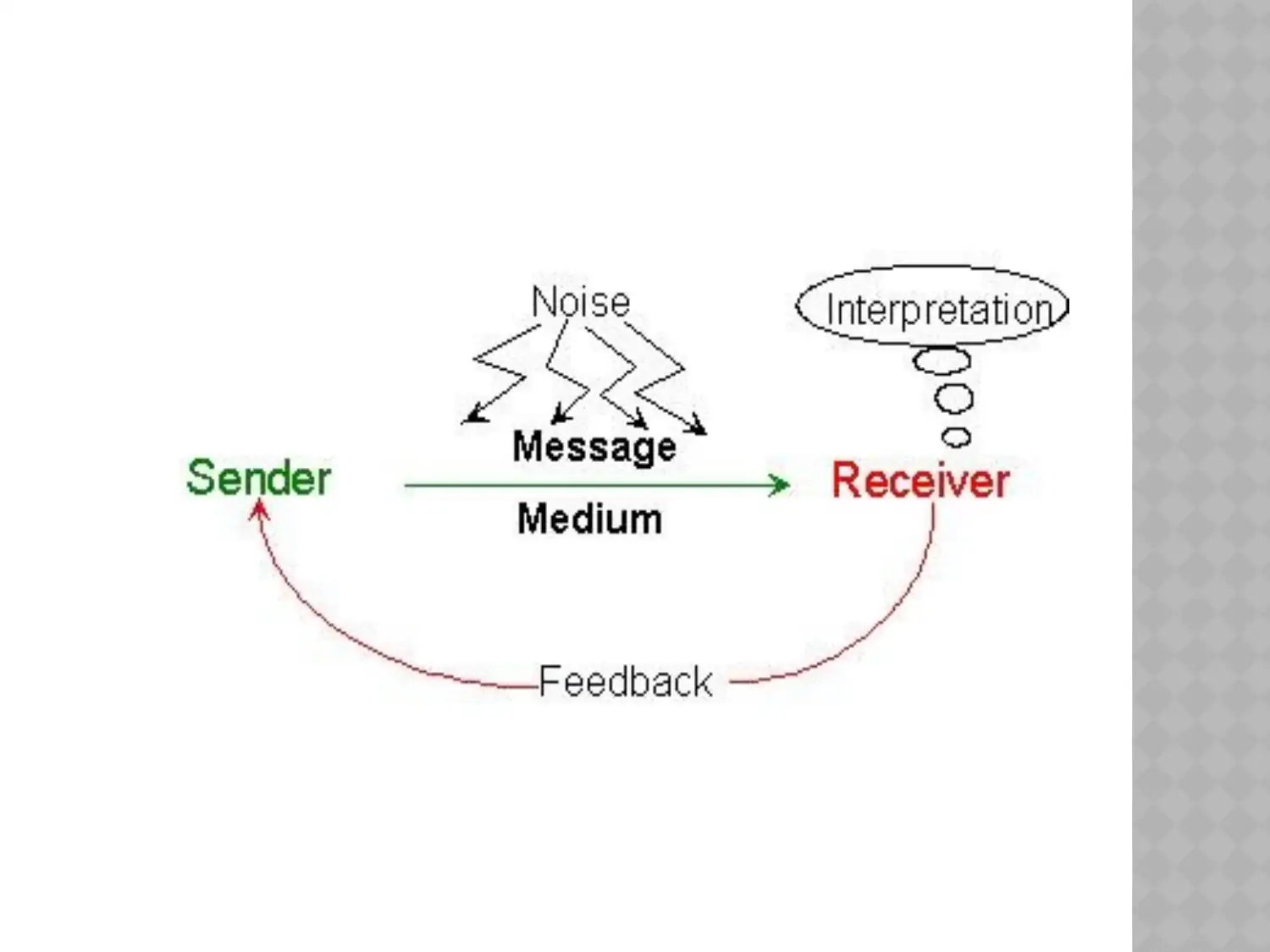


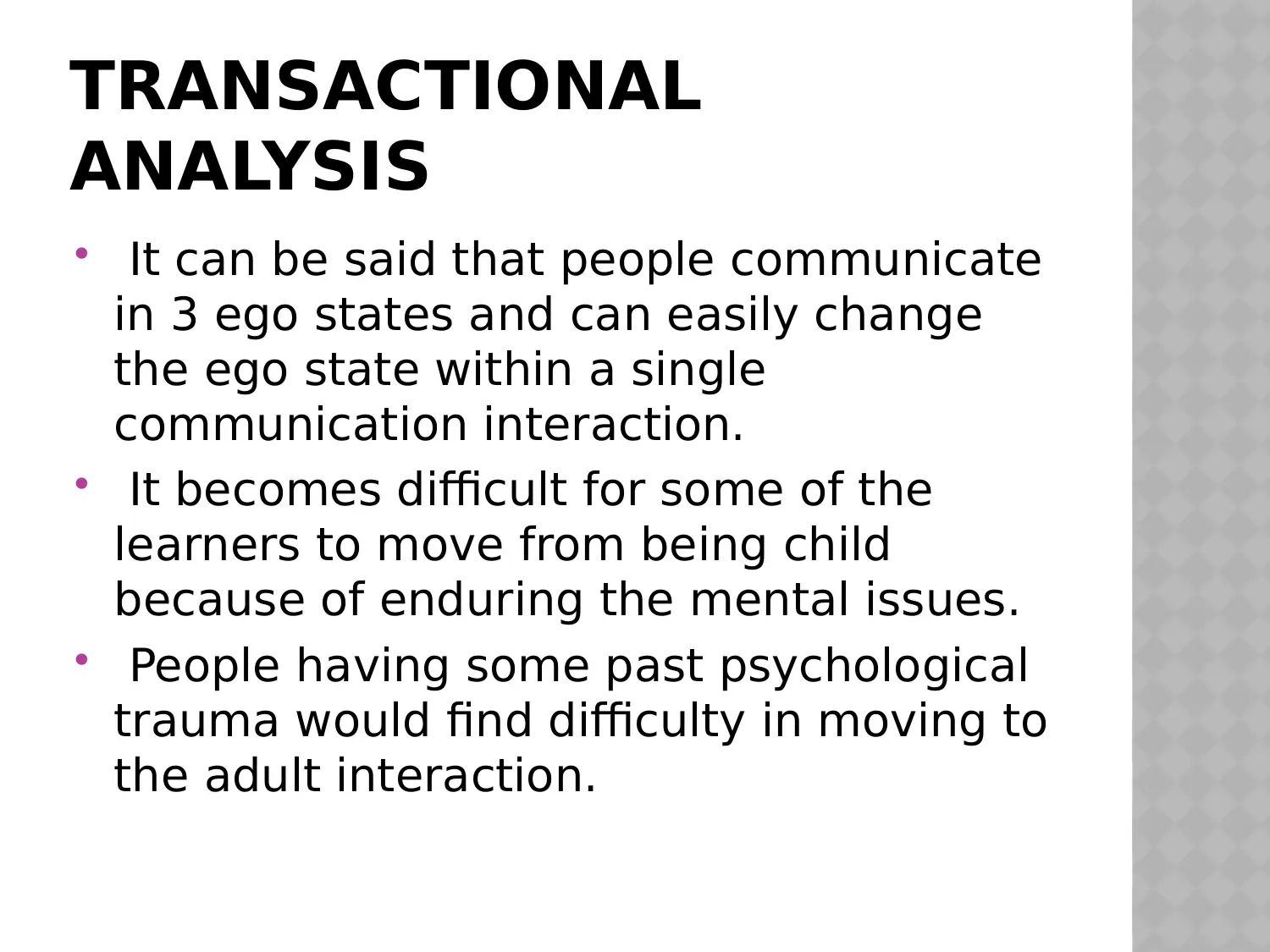
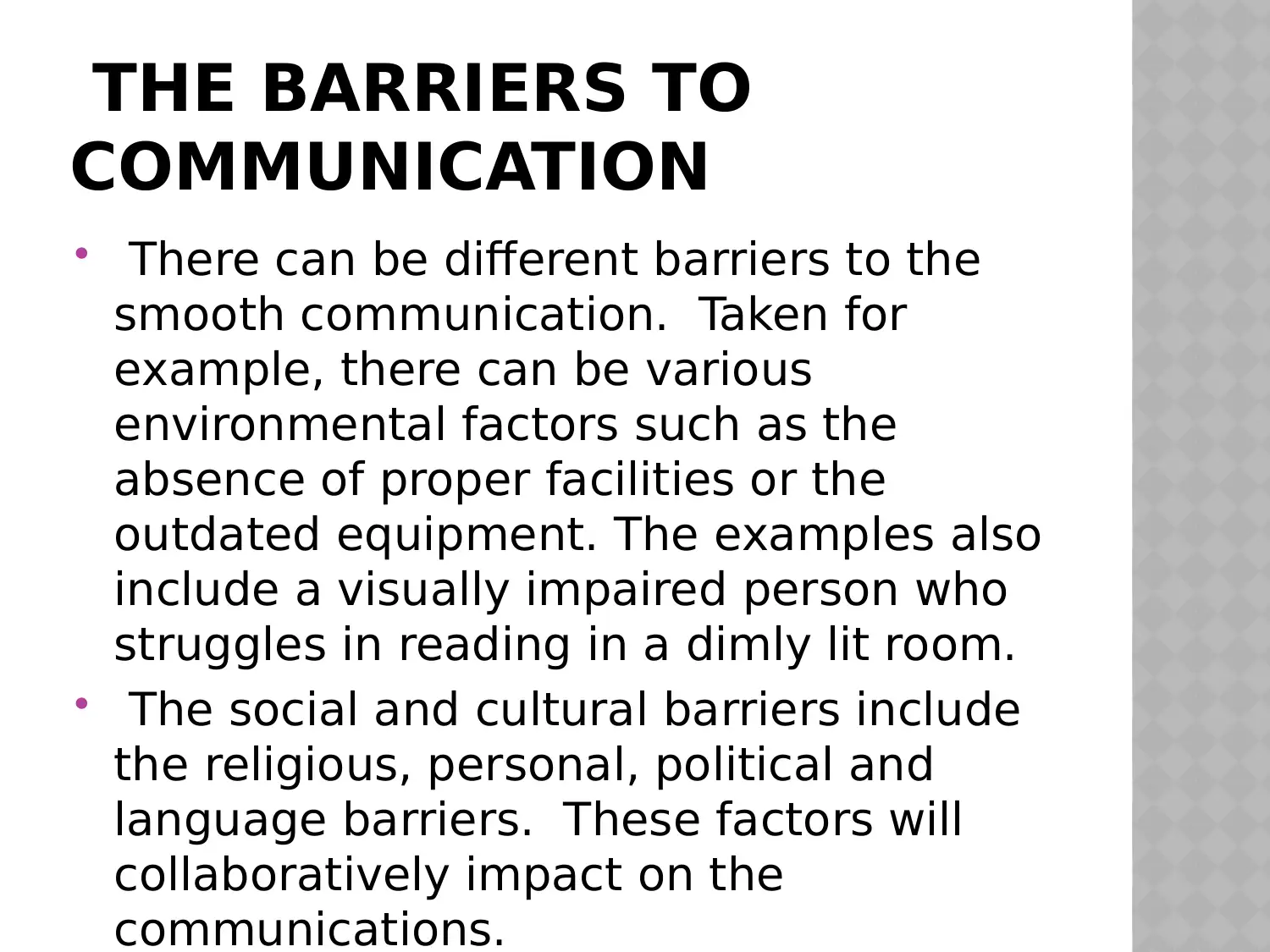
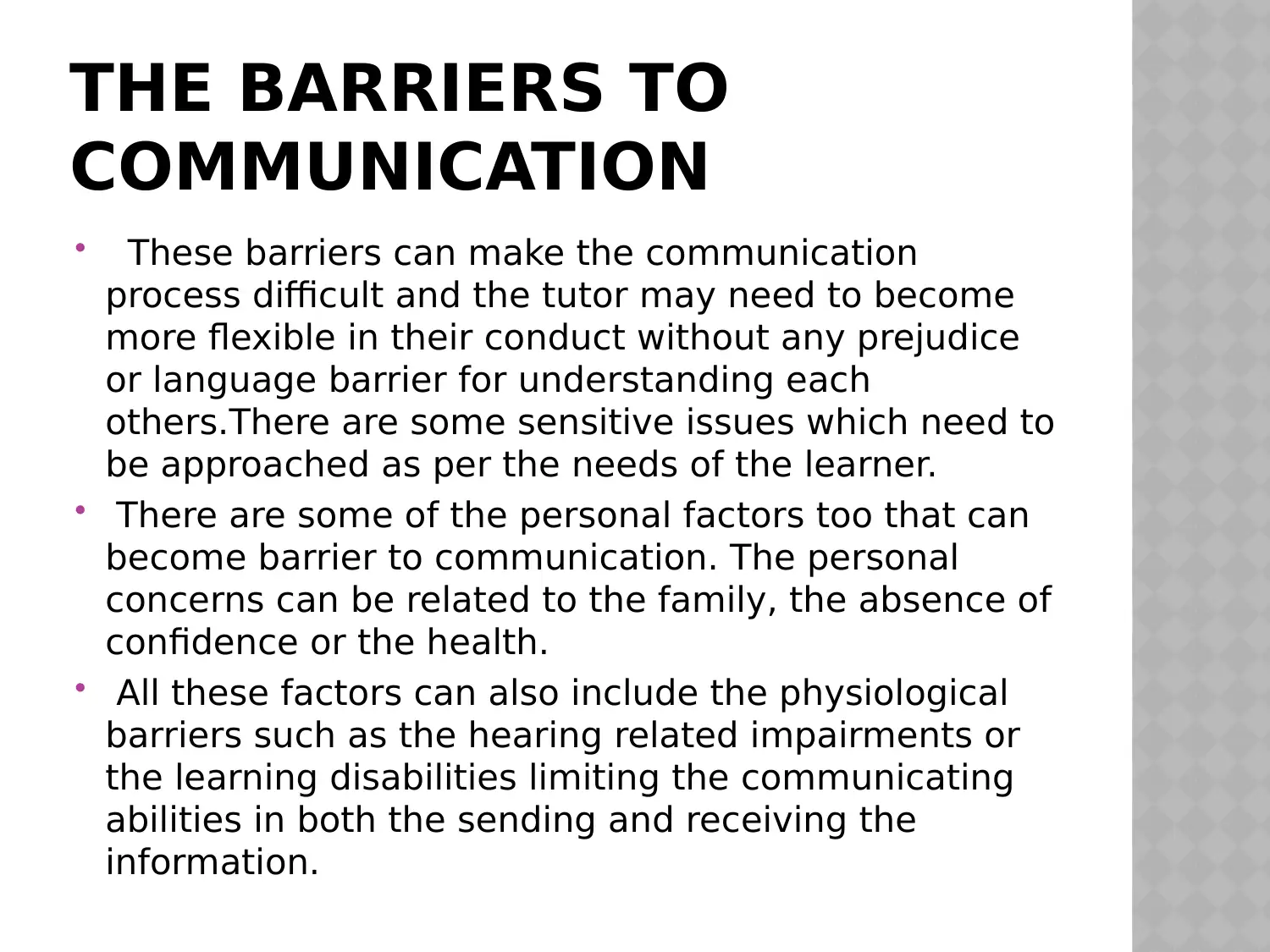
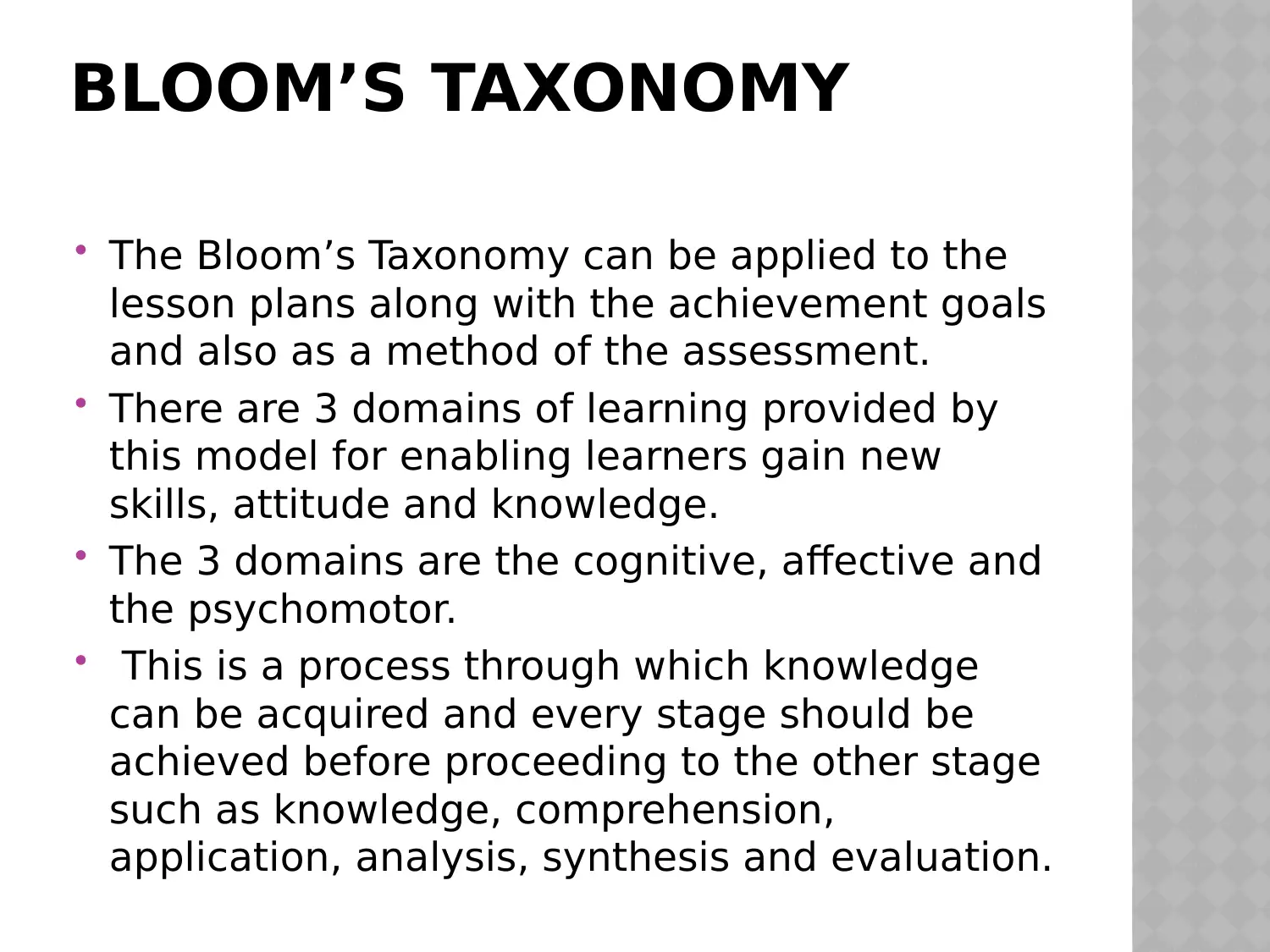






![[object Object]](/_next/static/media/star-bottom.7253800d.svg)